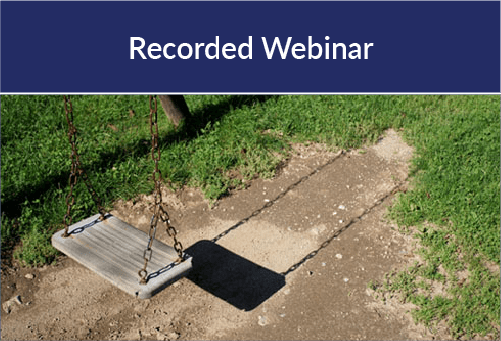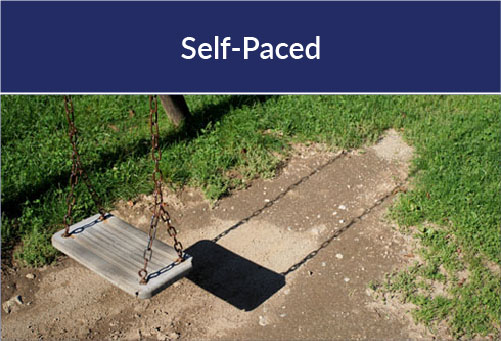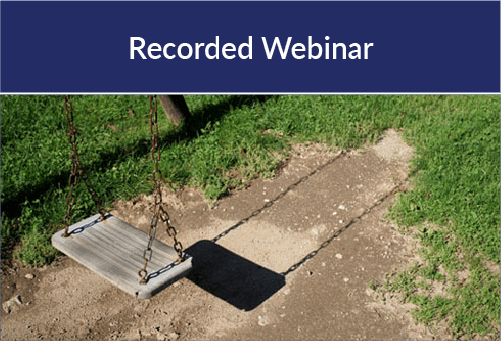


The AMBER Alert Best Practices – Law Enforcement Field Guide is a companion to the AMBER Alert Best Practices Guide and is aimed at law enforcement agencies and 1st Responders. It is designed to provide administrators with a document on what to expect in the event of an endangered missing or abducted child investigation, as well as provide their personnel with a reference manual to help jump start an effective response and investigation. The webinar will focus on raising awareness of areas that are consistently shown to be relevant and have an operational impact in these types of cases as well as how the guide can assist.

Enhance your agency’s AMBER Alert activations by utilizing new strategies. Examine training requirements and procedures for activating an AMBER Alert and gain an in-depth review of current best practices, trends and analytics, and industry leaders. Explore current abduction trends, laws related to mandatory notifications, yearly statistics, and resources available during an activation.

Provides law enforcement telecommunications personnel with information and resources to promote swift and effective response to incidents of endangered, missing and abducted children. Learn about the scope, scale and nature of the problem, best practice policy, and protocols for telecommunications response. Review important NCIC record entry and data management considerations and resources for the communications center.

New COSSUP Site-Based Funding Opportunity Provides Support to Tribal Communities! The Bureau of Justice Assistance (BJA) is seeking applicants for the FY2024 Comprehensive Opioid, Stimulant and Substance Use Site-Based Program (COSSUP) to respond to illicit substance use and misuse to reduce overdose deaths, promote public safety, and support access to treatment and recovery services in the criminal justice system. Tribal communities are strongly encouraged to consider applying under Category 1c.

Examine effective strategies and best practices for the reinvestigation of cold and historical child homicides, unidentified human remains and long-term missing children investigations when there is no body. During this webinar, we will illustrate how children can be the perfect victim, and as such, how their cases can become historical and unresolved. You will be provided with investigative strategies for establishing that a crime has been committed, identifying those responsible for the crime, and for proving or disproving facts and circumstances in the original unresolved investigation. Learn how an MDT response can result in a successful resolution.

View this webinar to learn about an important funding opportunity available for tribal communities – the Bureau of Justice Assistance’s (BJA) FY 2023 Comprehensive Opioid, Stimulant, and Substance Use Program (COSSUP) Site-Based Solicitation. BJA is seeking applications to respond to illicit substance use and misuse to reduce overdose deaths, promote public safety, and support access to treatment and recovery services in the criminal justice system, and strongly encourages tribal communities to consider applying under Category 1c. Additional available relevant funding opportunities for tribal communities are also reviewed.

Learn the best approach with children who are alleged victims of child abuse in the initial phases of a case, after a concern has been identified. Develop the basic skills and techniques necessary to engage a child in such a way as to minimize suggestibility but still provide support, beyond what is taught in a First Responder Training. Review best practices in identification of a concern and learn to engage these children in a way that maximizes positive case outcomes and minimizes potential behaviors that can hurt cases.

Combat recidivism and sexual violence posed by sex offenders based on management and treatment best-practices. Learn how treatment, supervision, law enforcement, and the community at large can increase the offender's chances of a pro-social non-offending lifestyle. Explore response strategies for adults and juveniles who commit sexual offenses.

Learn how to effectively perform missing child investigations occurring on tribal lands. Examine the AMBER Alert program, best practices for planning and executing the initial response when a child goes missing, effective investigative case management strategies, timely introduction of resources in missing child investigations, best practices in search and canvass operations, and how to incorporate culturally appropriate victim support services into your investigation. Explore resources and tools currently available to assist law enforcement officers in missing child investigations.

Technology has transformed how we investigate crime scenes, and mobile devices are central to this evolution. This webinar will explore how cell phone data—collected through cell site dumps, area dumps, and real-time device “pinging”—can identify suspects, locate witnesses, and support or refute alibis. We'll explain how signals like Wi-Fi, Bluetooth, and other device emissions—digital DNA—can be documented and analyzed to identify unknown individuals at the scene. Whether in a crowded public area or a remote location, these invisible digital breadcrumbs can provide key leads in investigations.
